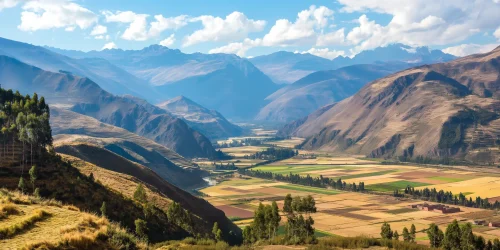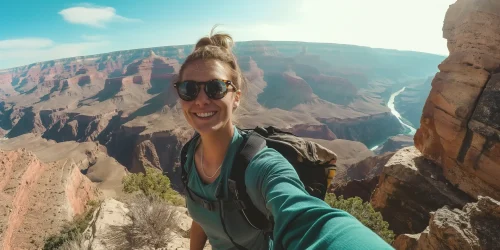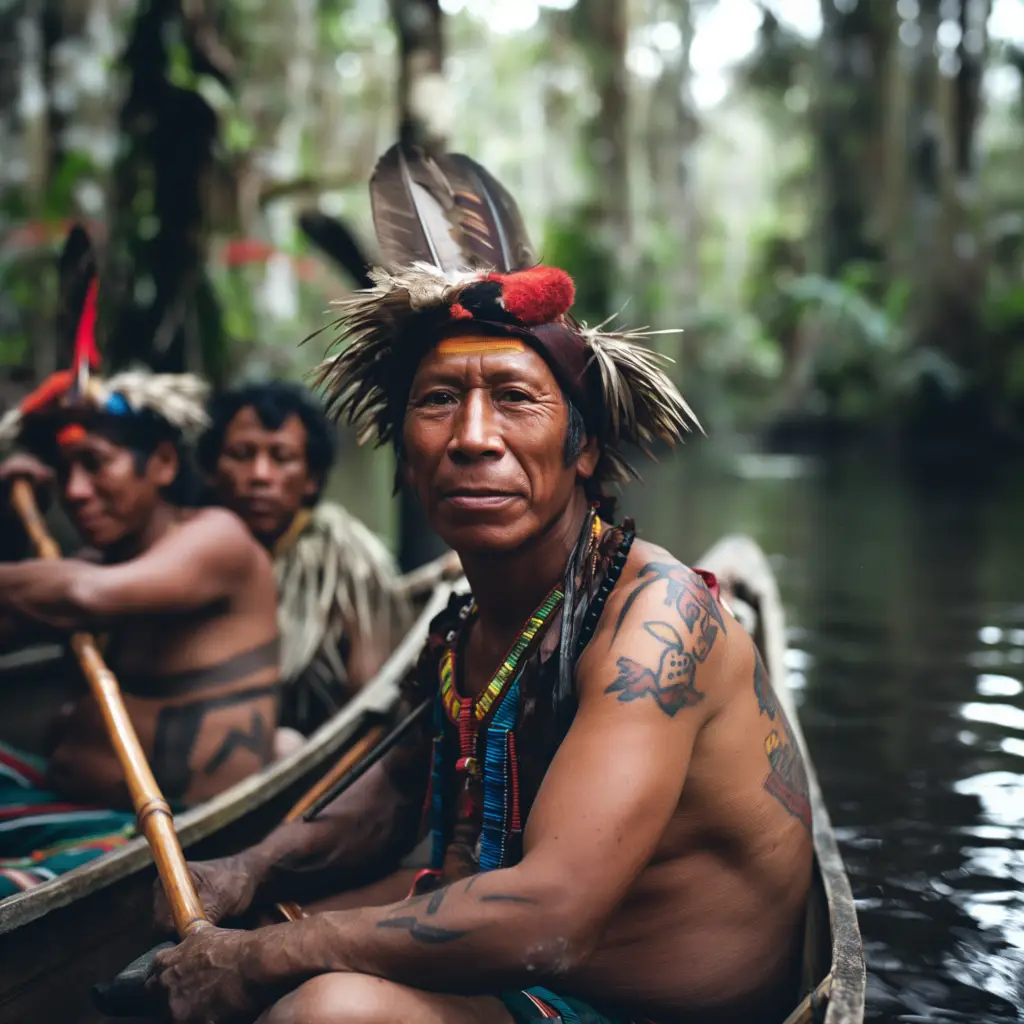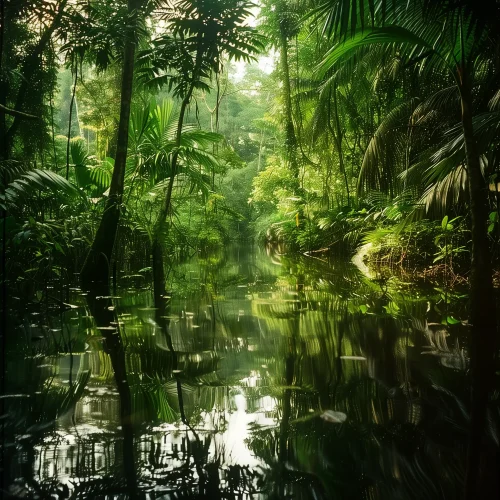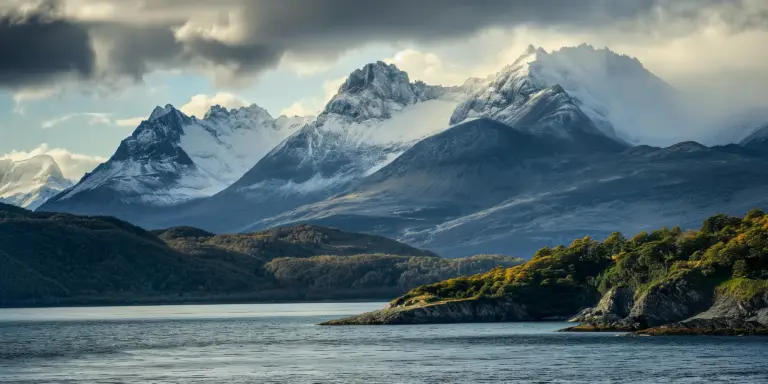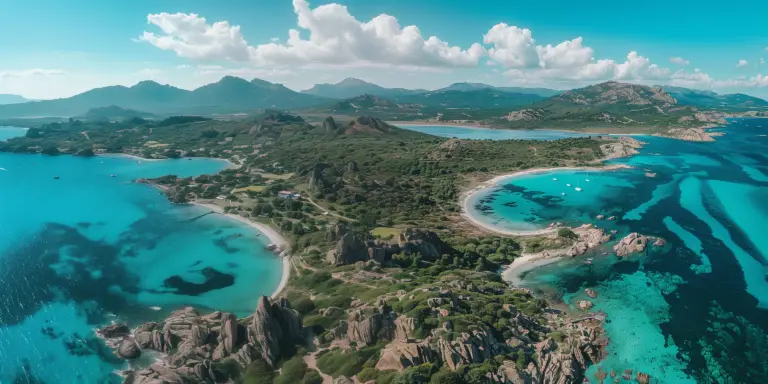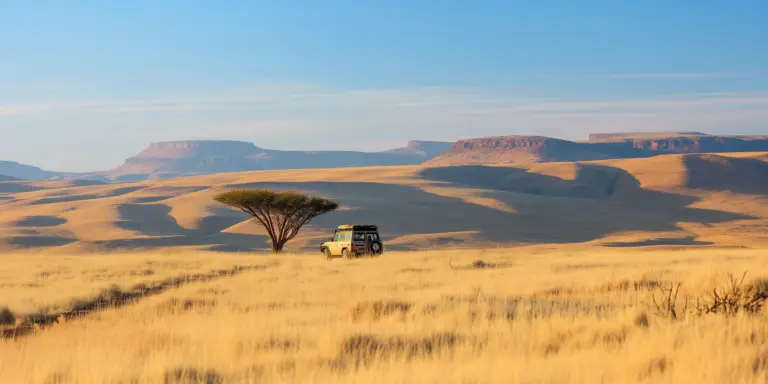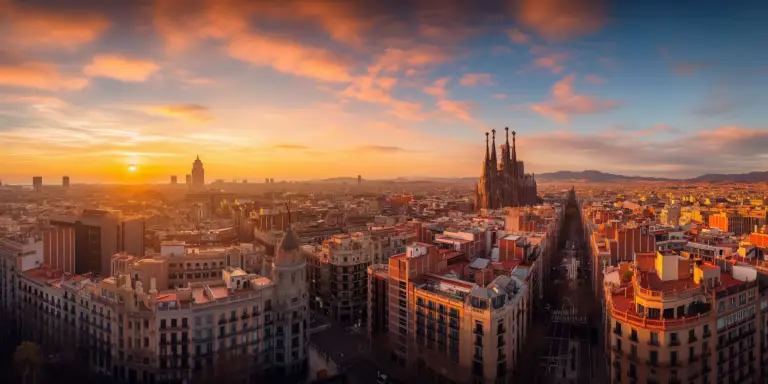The Amazon Rainforest is not just a repository of biodiversity but also a vibrant mosaic of human cultures. Home to hundreds of indigenous tribes, the Amazon’s human inhabitants have lived in harmony with the forest for millennia. These tribes possess rich cultural heritages, unique languages, and profound knowledge of their natural environment. Understanding their way of life offers valuable insights into sustainable living and the intrinsic connection between humans and nature.
Major Tribes and Their Way of Life
Several prominent tribes inhabit the Amazon Rainforest, each with distinct cultures, traditions, and ways of interacting with the environment:
- Yanomami: One of the largest indigenous tribes, the Yanomami people reside primarily in northern Brazil and southern Venezuela. Known for their semi-nomadic lifestyle, they practice shifting agriculture, hunting, and gathering. The Yanomami are famous for their intricate body paint, communal living structures called shabonos, and deep spiritual connection with the forest.
- Kayapo: The Kayapo live in the southeastern part of the Amazon, mainly in Brazil. They are renowned for their activism and efforts to protect the rainforest from deforestation and mining. Kayapo society is organized around powerful chiefdoms, and they are distinguished by their elaborate feather headdresses and body paint used in rituals and ceremonies.
- Ticuna: The Ticuna people, primarily found in Brazil, Peru, and Colombia, are known for their vibrant art and crafts. They practice fishing, hunting, and agriculture, and their social life is marked by elaborate festivals and ceremonies, including the coming-of-age ritual for girls known as Festa da Moça Nova.
Cultural Practices and Knowledge
Indigenous tribes in the Amazon have developed sophisticated systems of knowledge and cultural practices tailored to their environment:
- Traditional Medicine: Indigenous peoples possess extensive knowledge of medicinal plants and herbs. For instance, the Ayahuasca, a hallucinogenic brew used for spiritual healing and religious ceremonies, is a significant part of many tribes’ cultural practices. Shamans or traditional healers play a vital role in treating ailments and maintaining spiritual health.
- Sustainable Living: These tribes have perfected sustainable living practices over centuries. They use slash-and-burn agriculture in a controlled manner, allowing the forest to regenerate. Their hunting and fishing techniques are designed to maintain ecological balance.
- Art and Craftsmanship: Indigenous art is a rich expression of cultural identity and environmental interaction. The intricate beadwork of the Kayapo, the elaborate masks of the Ticuna, and the pottery and basketry of various tribes reflect their deep connection to nature and spirituality.
Challenges and Resilience
Indigenous peoples of the Amazon face numerous challenges, including:
- Deforestation and Land Encroachment: Illegal logging, mining, and agricultural expansion threaten their lands and way of life. Many tribes, like the Kayapo, have become activists, fighting to protect their territories and the rainforest.
- Cultural Erosion: Contact with the outside world brings the risk of losing traditional knowledge and cultural practices. Efforts are being made to document and preserve indigenous languages and traditions.
- Health and Education: Access to healthcare and education remains limited. However, various NGOs and government initiatives are working to improve these services while respecting cultural contexts.
Despite these challenges, indigenous tribes continue to demonstrate remarkable resilience. They are pivotal in the global fight against climate change, with their traditional knowledge offering invaluable lessons for conservation and sustainable living.
The indigenous peoples of the Amazon Rainforest are guardians of an irreplaceable cultural and ecological treasure. Their profound knowledge of the environment, sustainable practices, and rich cultural traditions underscore the importance of protecting their rights and lands. By supporting their efforts and respecting their ways of life, we contribute to the preservation of the Amazon and its incredible biodiversity for future generations.

